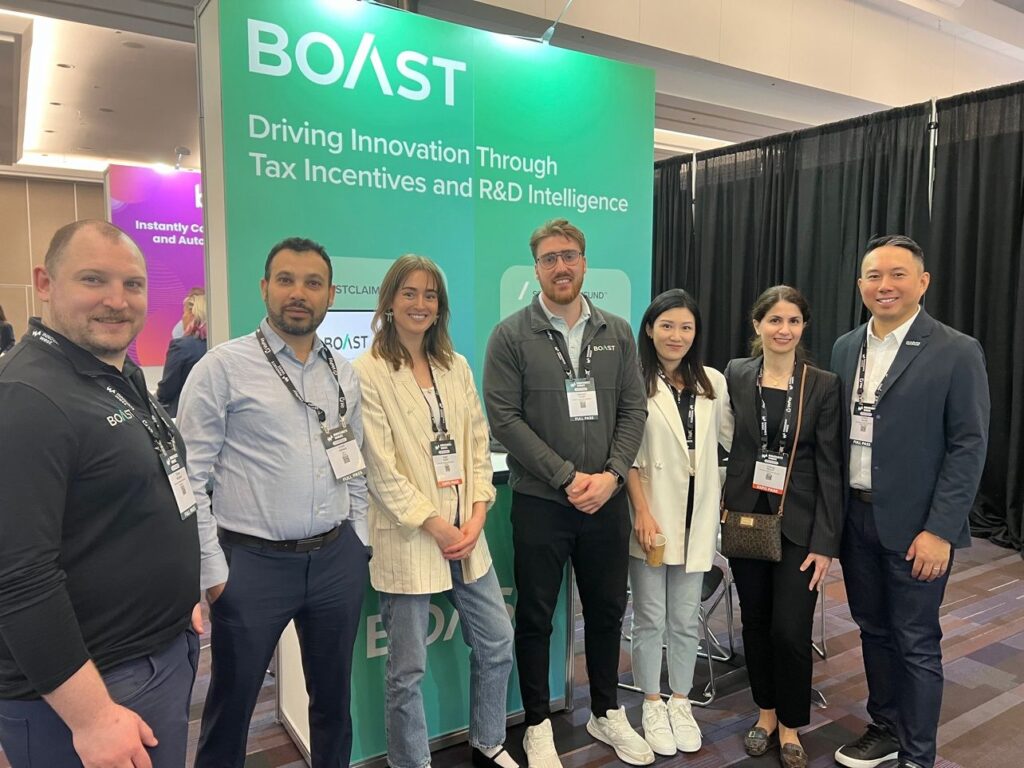As a federal tax incentive, the R&D tax credit is available to all US businesses that perform R&D activities, allowing them to claim funds they can reinvest into their business.
Architecture firms that are interested in claiming R&D tax credits are often unsure if their R&D efforts and expenses are eligible. Fortunately, the IRS has published detailed guidelines on qualified research activities and expenditures. Plus, architects can rely on automated tools to simplify the tax claims process and avoid missing out on funds they’re entitled to.
Qualifying R&D Activities and Job Titles
Architecture firms that undertake some of the following activities may qualify for the federal R&D tax credit:
- Researching new materials to improve energy efficiency
- Researching design alternatives
- Using building information modeling
- Researching structure design
You might also be eligible for R&D tax credits for architects if you employ:
- Project architects
- Designers
- Drafters
To be fully clear on whether your R&D activities are eligible for a tax credit, you should closely examine the IRS guidelines that determine qualifying and non-qualifying expenditures and activities.
IRS Guidelines for R&D Tax Credits
Architecture firms can get the necessary information on qualifying for R&D tax credits by referring to Section 41 on the IRS website.
In order for R&D activities to qualify for the tax credit, all companies must pass the four-part test:
- The section 174 test: All costs must be an R&D expense in an “experimental or laboratory sense” and be in direct relation to the business.
- The discovering technological information test: The aim of the research must be to clear up uncertainties related to improving or developing a business component. The research process must also use computer science, biological or physical sciences, or engineering, according to the IRS.
- The business component test: A business must undertake research with the goal of developing a new or improving an existing business component. Products, computer software, formulas, processes, inventions, or techniques are all considered business components.
- The process of experimentation test: The research process must 1) identify the uncertainty related to the improvement or development of a business component, 2) identify a minimum of one alternative to eliminate the uncertainty, and 3) identify and perform a process of alternative evaluation.
The IRS also regulates what kind of research expenses qualify for the R&D tax credit. Qualified research expenses are made up of:
- Employee wages: This expense refers to the salaries of employees who undertake qualified services, which means engaging in, directly supervising, or directly supporting qualified research activities.
- Supplies: Any tangible property used for qualified services.
- Contract research expenses: Sixty-five percent of contract research expenses that a company incurs to a non-employee that performs qualified research activities.
The IRS also provides a list of activities that are excluded from qualifying for the R&D tax credit:
- Research after the start of commercial production
- Adapting a business component to fit the needs of an individual customer
- Duplication
- Any management functions-related research, studies, and surveys
- Internal-use software
- Research that took place outside the US, Puerto Rico, or another US possession
- Research in social sciences
- Research funded through grants, contracts, or a third party
Boost Your Tax Credit Claims With Boast
Businesses that use Boast no longer have to invest their precious time and resources into the R&D tax claims process — because Boast does the work for them. Our AI-powered solution BoastClaim automatically gathers data from various systems and categorizes eligible research activities and expenses. We’re able to boost tax claims by an average of 15%, saving our customers 60 hours per year, so they can focus on the more critical aspects of their business.
Download our ultimate guide to R&D tax credits (or SR&ED for businesses based in Canada) to learn all you need to know to qualify for R&D tax credits.









